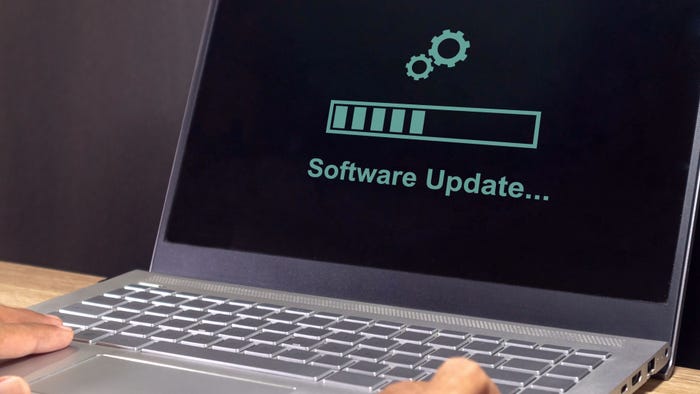Enterprises Overlook Virtualization, Cloud In Disaster Recovery
Symantec study finds 44% of data on virtualized systems is rarely backed up, and 60% of virtualized servers are not included in disaster recovery plans.


Slideshow: Cloud Security Pros And Cons
Slideshow: Cloud Security Pros And Cons (click image for larger view and for full slideshow)
When making disaster recovery plans, don't forget virtualized and cloud computing environments. That's the warning from research which found that 44% of enterprise data stored on virtualized systems is rarely backed up, and 60% of virtualized servers aren't included in corporate disaster recovery plans -- up from 45% of servers in 2009.
Those results come from a survey of 1,700 enterprise employees, conducted by Applied Research, for Symantec's sixth-annual study of corporate disaster recovery trends.
Today, 26% of the total annual IT budget goes to disaster recovery-related initiatives. But despite that level of spending, there's still room for improvement. For example, the survey found that only one in five organizations use replication or failover technologies for safeguarding virtualized environments.
When it comes to cloud computing, survey respondents said that approximately 50% of mission-critical applications run in the cloud. Still, 66% of respondents report having security concerns relating to storing data in the cloud, and 55% said that controlling failovers and ensuring high levels of availability continue to be cloud-related challenges.
Without a doubt, one disaster recovery challenge is that data now lives in an ever-increasing number of locations. "While organizations are adopting new technologies such as virtualization and the cloud to reduce costs and enhance disaster recovery efforts, they are currently adding more complexity to their environments and leaving mission critical applications and data unprotected," said Dan Lamorena, director of the storage and availability management group at Symantec, in a statement.
Indeed, the typical data backup -- at 82% of organizations -- doesn't occur daily, but weekly, at most.
The survey also found that when it comes to recovering from downtime, predictions and reality aren't in sync. While respondents expect to be back up and running just two hours after an outage, the average downtime over the past year was 5 hours, with organizations experiencing an average of four "downtime incidents" in the past 12 months.
Symantec said organizations tend to get swamped by outages -- more than they should -- related to "basic causes such as system upgrades, power outages, and cyberattacks."
Over the past five years, for example, organizations said they'd experienced downtime principally due to system upgrades (for 72% of respondents), followed by power outages (70%), fire (69%), configuration issues (64%), plus cyber attacks, malicious employees, and data leakage or loss (all 63%). Meanwhile, almost half of organizations also experienced downtime due to floods, hurricanes, earthquakes, tornados, terrorism, tsunamis, volcanoes, and war.
Given that power outages are a not-uncommon source of downtime, another surprising finding is that only 26% of organizations assess, in advance, what impact a power outage or failure might have on IT availability.
About the Author
You May Also Like



_Daniren_Alamy.jpg?width=700&auto=webp&quality=80&disable=upscale)
